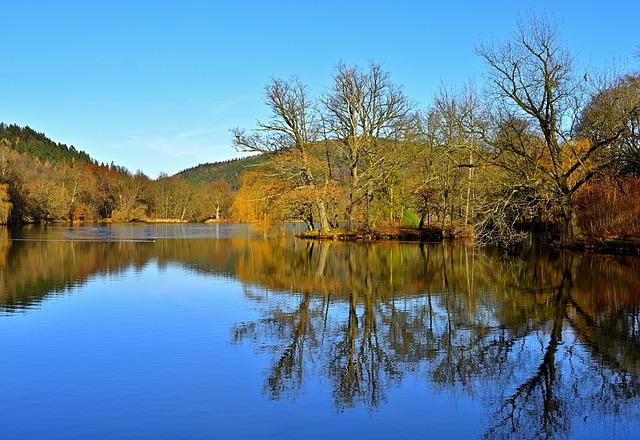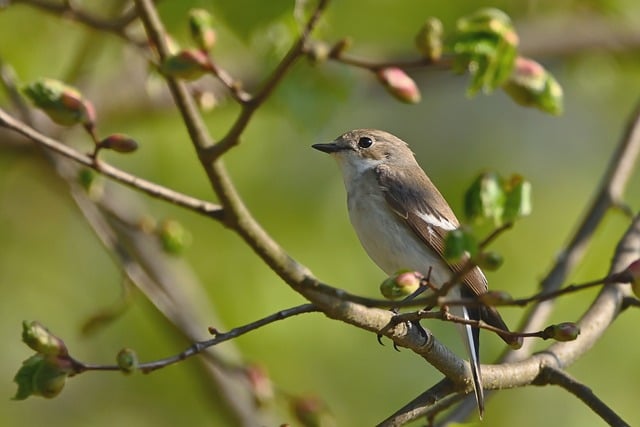Golf courses have evolved from recreational venues to key drivers of real estate development, revitalizing landscapes and boosting property values. Integrated into urban planning, they create mixed-use developments that merge residential, commercial, and leisure areas for sustainable, desirable neighborhoods. Real estate developers leverage golf amenities' appeal to create profitable projects, enhancing property values and lifestyles through outdoor leisure activities. Well-maintained courses attract buyers seeking work-life balance and nature experiences, promoting physical and mental well-being. Skilled course design that considers surrounding real estate creates distinctive selling points, attracting exclusive leisure opportunities.
Golf courses, more than just green oases, are integral to real estate development, offering unique investment opportunities and enhancing property values. This article explores the multifaceted role of golf courses in the real estate landscape, delving into their impact on community lifestyle and economic growth. We’ll discuss designing golf courses for optimal enjoyment and investment potential, focusing on trends that elevate outdoor leisure activities, specifically golf, as a sought-after amenity in today’s market.
The Role of Golf Courses in Real Estate Development

Golf courses have emerged as integral components in real estate development, transforming landscapes into vibrant communities. These green spaces offer more than just a place to swing a club; they become focal points for social interaction and outdoor leisure activities. The integration of golf facilities enhances property values, attracting residents and investors alike.
In many cases, golf courses drive the planning and design of surrounding areas, fostering development that combines residential, commercial, and recreational spaces. This holistic approach not only maximizes land use but also creates sustainable and desirable neighborhoods. Real estate developers recognize the appeal of golf-centric communities, understanding that access to these amenities significantly influences the desirability and profitability of their projects.
Outdoor Leisure: Enhancing Property Values and Lifestyle

Outdoor leisure activities, such as golf courses, play a significant role in enhancing property values and lifestyle for real estate investors and residents alike. The presence of a well-maintained golf course in a neighbourhood can significantly boost property prices, attracting buyers who appreciate access to outdoor recreation opportunities. This is especially true in today’s digital era, where people increasingly seek balance between work and nature.
Beyond financial gains, living near a golf course offers a luxurious lifestyle filled with relaxation and social interaction. Residents can enjoy scenic views, fresh air, and a peaceful environment while engaging in activities that foster both physical and mental well-being. The integration of outdoor leisure into real estate developments creates a desirable living space, encouraging a strong sense of community and an enhanced overall quality of life.
Designing Golf Courses for Optimal Enjoyment and Investment

Designing golf courses is an art that combines aesthetics, challenge, and functionality, all while considering the surrounding real estate. The layout should cater to players of varying skill levels, offering a mix of straightforward holes for beginners and more intricate designs to test seasoned golfers. A balanced course will attract a broader clientele, boosting investment potential.
Key design elements include strategic placement of hazards, varied terrain, and clever use of natural features like trees and water bodies. These elements not only enhance the golfing experience but also add value to the property. Smart course design can create unique selling points for real estate listings, attracting buyers seeking exclusive leisure opportunities.






